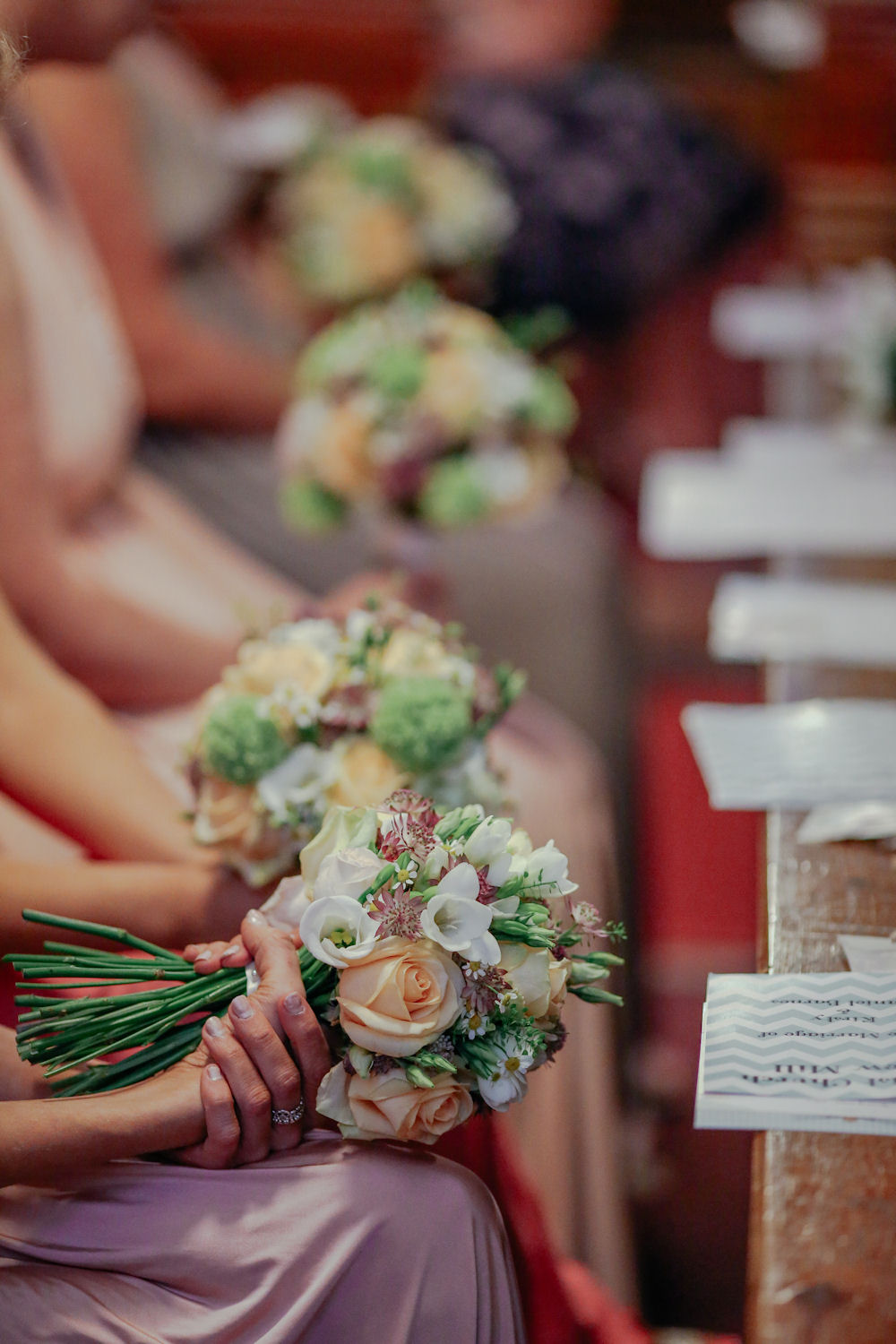Your Wedding Party -
Busting the Myths
Categories: | Inclusive Weddings | Wedding Ceremony|
 I can pretty well guarantee that
there are four ingrained beliefs about wedding
parties, repeatedly reinforced by television,
movies, and photos of real life weddings, that are
all to do with what are believed to be the reason
you have a wedding party!
I can pretty well guarantee that
there are four ingrained beliefs about wedding
parties, repeatedly reinforced by television,
movies, and photos of real life weddings, that are
all to do with what are believed to be the reason
you have a wedding party! The interesting thing about this is how persistent these beliefs are, despite it being the 21st century, despite society more inclusive, and despite more than three quarters of wedding ceremonies in Australia being civil ceremonies where ceremony content is all about personal choice and ensuring that your wedding reflects who you are as a couple.
These ingrained beliefs make absolutely no sense whatsoever when the wedding is between two brides or two grooms.
Myth One: Wedding Parties
must be divided on gender lines
out
- unmarried men and women did not socialise
- the bride was being traded to the groom's family in payment for economic or strategic advantage
- the bridesmaids were dressed so that they were indistinguishable from the bride (to confuse evil spirits)
- the groomsmen could well be required to fight off parties who wanted to stop the wedding or kidnap the bride
In the 21st century there is no reason why you
can't have your nearest and dearest
friends/relatives as part of your wedding party.
There is no need for the groom's sister to be part
of the bride's party. She can be part of his. We
even have appropriate names - grooms woman,
groom's gal, best woman, brides man, bride's guy,
and so on.
Myth Two: Wedding Parties
must match
out
And dressing everyone alike isn't necessary either. A growing trend (and one I like very much) is for the wedding party to be given guidelines and then left to choose what they will wear. So it might be a colour, it might be more prescriptive, like dress length or type of fabric. Saves money. Ensures that each person is able to choose something that fits well, suits them, and has a life after the wedding with looking like something out of 27 Dresses.
Myth Three: Your Wedding
Party must stand for the whole ceremony
out
Having the wedding party stand for the whole
ceremony is still regarded to be a traditional part
of most weddings. But it has never been a rule.
Weddings in church, particularly if there is a full
Catholic Nuptial mass, or a long sermon, often have
the wedding party seated for the entire ceremony, or
for a significant part of it. If it's important to
you to have your entire wedding party seen in the
ceremony photos then by all means have them stand.
It is up to you.Other options are
- have the two principal attendants - best man
and chief bridesmaid or their equivalents -
stand up with them, and have the rest of the
wedding party seated in the front or to one
side.
- have the adults in your wedding party stand up
with you and the children in the wedding party
(flower girls, pages, ring bearers) sit with
parents during the ceremony
Myth Four: You have to
have a Wedding Party
out
No you don't. You do have to
have two adult witnesses to act as the legal
witnesses to your marriage, but they don't have
to stand up with you. Choosing witnesses who are
not part of the wedding party is trending.
Mothers, grandparents, the couple who introduced
you, other people significant to you - in fact
anyone over 18 - all qualify. Generally, they
sit with the guests and come forward when it is
time to sign the Register and Certificates.The Processional is not
affected by seating the Wedding Party
out
The
processional is a meaningful part of the wedding. So
it shouldn't change regardless of whether you ask
your wedding party to walk in and stand in the
front, or walk in and take their seats. At the end
of the ceremony, as you prepare to make your formal
exit (the recessional) your wedding party will just
stand and join in, if they were seated. Making the decision
out
Before you
make the final decision about whether you will have
a wedding party, the composition of your wedding
party, how they will be dressed and whether they
will sit or stand, you should weigh up the the pros
and cons. Your friends and loved ones will see being
asked to be part of your wedding party as an honour,
and standing up with you a public recognition of
their importance to you. But there are many
practical reasons why standing might not be the best
option. Seating your wedding party widens the pool
of people you can ask. And it also gives them a much
better view of the ceremony, including the emotional
moments when you make your vows and exchange your
rings.For more about what you need to take into account when deciding whether your wedding party will sit or stand, read Stand by Me - Or Please Be Seated: There are No Rules for Your Bridal Party, or for Guests at Your Wedding
Thanks for reading
